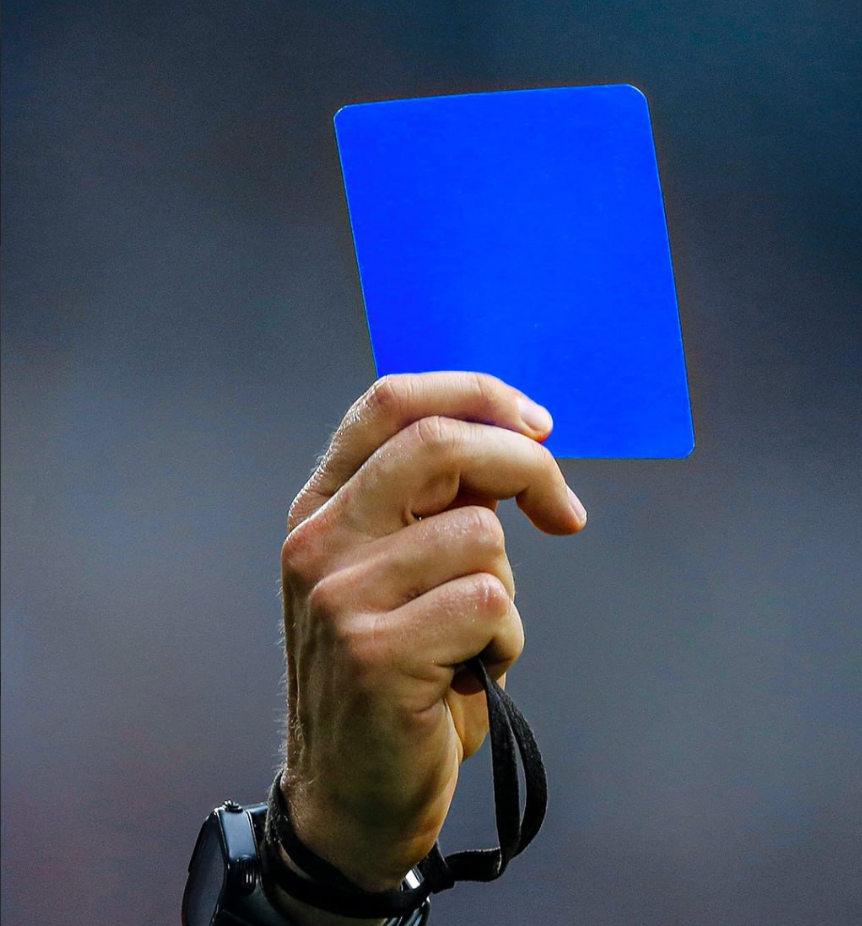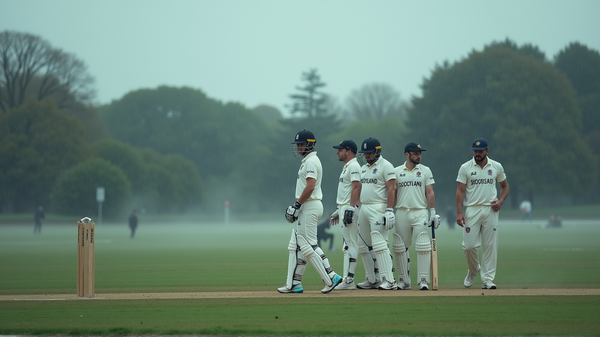Introducing the Blue Card: A New Era in Football Officiating
In a groundbreaking decision, the International Football Association Board (IFAB) has voted in favor of implementing blue cards in football matches, as reported by the reputable English publication, The Telegraph. But what exactly does this mean for the sport, and under what circumstances will these blue cards be issued?
The blue card will be introduced to penalize intentional disruption of opponent attacks and dissent towards the referee. A player who receives a blue card will be temporarily suspended from the field for a period of 10 minutes, thus altering the dynamics of the game for both teams.
Interestingly, if a player accumulates two blue cards during a match, or one blue card along with a yellow card, it will result in a red card, leading to an ejection from the game. The choice of blue as the color for this new card was deliberate, aimed at clearly distinguishing it from the existing yellow and red cards.
The implementation of this new officiating tool is poised to undergo testing, potentially beginning with the FA Cup matches. It's worth noting that yellow and red cards have been fixtures in football since their introduction at the 1970 FIFA World Cup.
The introduction of the blue card marks a significant departure from traditional officiating methods, signaling a willingness to adapt and evolve in response to the changing dynamics of the sport. This move by IFAB raises several questions and considerations for players, coaches, fans, and officials alike.
One of the primary objectives behind introducing the blue card is to address specific behaviors on the field that disrupt the flow of the game and undermine the authority of the referee. By targeting intentional fouls aimed at disrupting opponent attacks and dissent towards officials, the blue card seeks to promote fair play and respect for the rules among players.
However, the implementation of any new rule or officiating tool in football is bound to generate debate and scrutiny. Some may argue that the introduction of the blue card adds unnecessary complexity to the game, while others may welcome it as a necessary step towards ensuring fair play and sportsmanship.
Critics of the blue card may express concerns about the potential for subjective interpretation by referees, leading to inconsistencies in its application. Additionally, there may be apprehensions regarding the impact of player suspensions on the outcome of matches, particularly in high-stakes competitions.
On the other hand, proponents of the blue card may view it as a proactive measure to address unsporting behavior and maintain the integrity of the game. They may argue that temporary suspensions offer a more proportionate response to certain infractions compared to immediate ejections.
Furthermore, the introduction of the blue card reflects a broader trend within football towards embracing technological advancements and innovations to enhance the officiating process. From goal-line technology to Video Assistant Referees (VAR), football authorities have increasingly turned to technology to assist officials in making more accurate and informed decisions.
In this context, the blue card represents a continuation of efforts to modernize football officiating and adapt to the evolving nature of the game. While traditionalists may lament the departure from longstanding conventions, proponents of innovation may welcome the introduction of the blue card as a step towards ensuring fairness and transparency in officiating.
Ultimately, the success of the blue card will depend on its consistent and fair application by referees, as well as its acceptance and integration into the broader footballing community. As with any significant change in the sport, it may take time for players, coaches, and fans to adjust to the new rules and regulations.
In conclusion, the introduction of the blue card marks a significant development in football officiating, with the potential to impact the way the game is played and perceived. Whether it proves to be a welcome addition or a contentious issue remains to be seen, but one thing is certain: the blue card has sparked a conversation that will continue to evolve as football adapts to the challenges and opportunities of the modern era.




